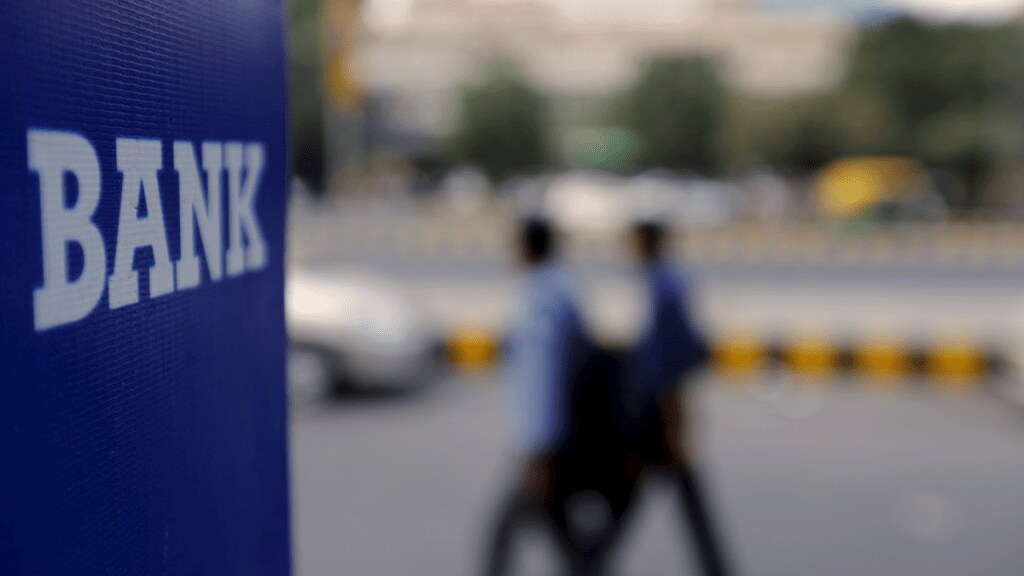Private banks have witnessed a contraction in their net interest margins (NIMs) in the December 2024 quarter, partly due to increased stress in their unsecured loan portfolios and also because they have had to offer more competitive interest rates to attract depositors, which had pushed up their interest expenses.
The NIMs of private lenders have declined by anywhere between 2 and 12 basis points quarter-on-quarter, impacted by higher provisions for bad loans. The rise in slippages, which refers to standard loans turning into bad loans, was observed primarily in their retail unsecured portfolios, particularly in credit cards, personal loans, and microfinance loans.
“Industry wide we have also seen an increase in delinquencies across unsecured portfolios. Now of course, it’s no longer only personal loans and cards. We have seen that spread to the microfinance segment as well,” Amit Talgeri, chief risk officer, Axis Bank, said on a post-earnings call.
“On similar lines, we have also seen that in our portfolio,” he said.
Among private sector lenders, IDFC First Bank and Axis Bank saw meaningful compressions of 12 and 6 bps respectively sequentially in NIMs. However, Kotak Mahindra Bank bucked the trend by expanding its margins 2 bps.
“On unsecured credit costs, the personal loan credit costs are showing a reduction. Credit card costs are at the same level whereas the micro credit is showing an increasing trend in line with the industry,” Devang Gheewalla, group chief financial officer, Kotak Mahindra Bank, said on a post-earnings call.
Private lenders have also witnessed pressure coming from their agriculture portfolios. Usually, slippages tend to be higher in the third quarter compared to other quarters.
Fresh slippages of Axis Bank increased to Rs 5,432 crore in the October-December quarter, as compared to Rs 3,715 crore in the same period last year. HDFC Bank’s slippages for the quarter increased to Rs 8,800 crore in the third quarter from Rs 7,800 crore in the September quarter.
“HDFC Bank posted higher slippages q-o-q at Rs 8,800 crore/1.4% of loans, mainly due to seasonal stress in the KCC (kisan credit card) portfolio, leading to slight increase in GNPA/ NNPA ratio by 6bps q-o-q to 1.42%,” Emkay Global Financial Service said in a report. “However, GNPA ratio ex-agri portfolio was largely flat q-o-q at 1.2%, indicating relatively resilient asset-quality performance in its retail portfolio, as the bank has not grown its unsecured loan portfolio over the past few years,” it said.
Lenders continue to grapple with mobilising low- cost CASA (current account, savings account) deposits. Recently released data on deposits have shown that the CASA deposit accretion continues to face challenges, with deposit growth being led by term deposits. The higher interest rates offered on term deposits has led to an increase in the cost of funds for lenders.


